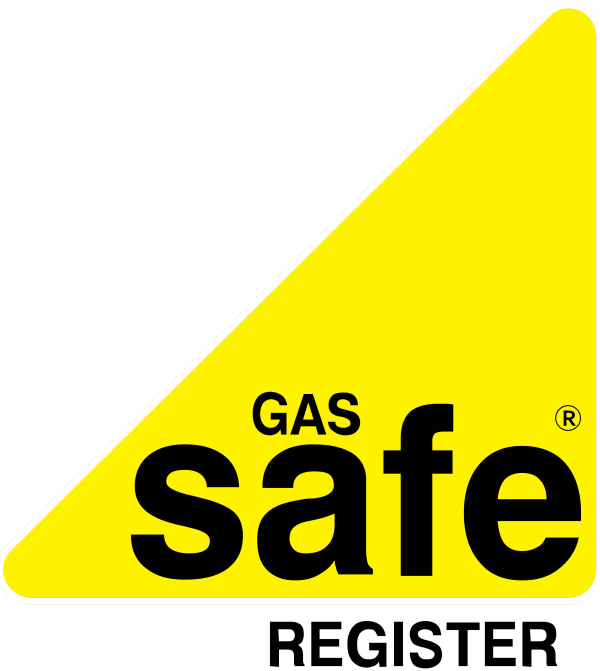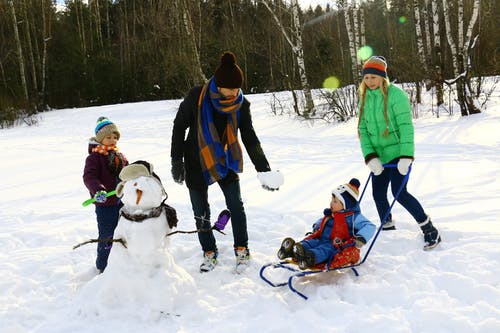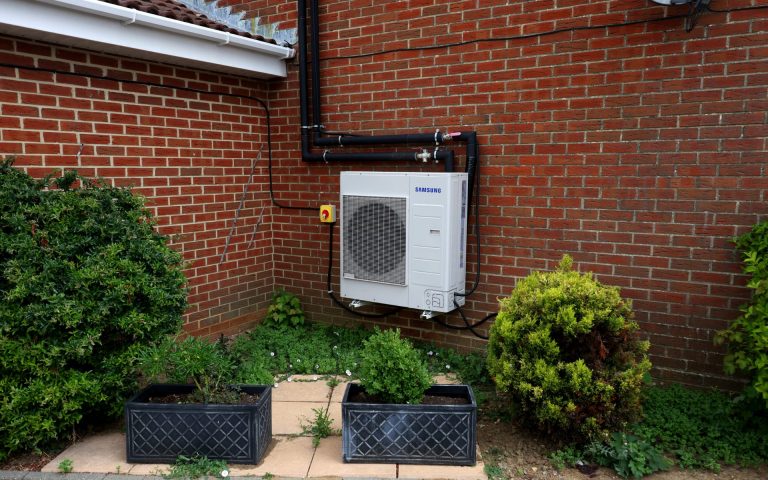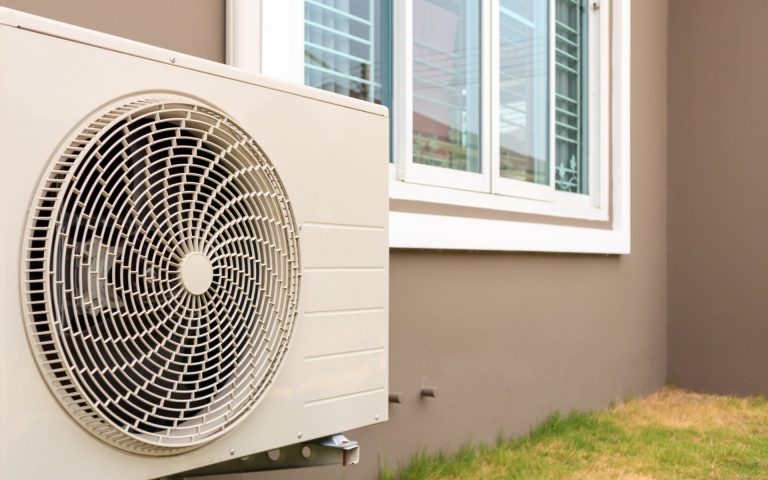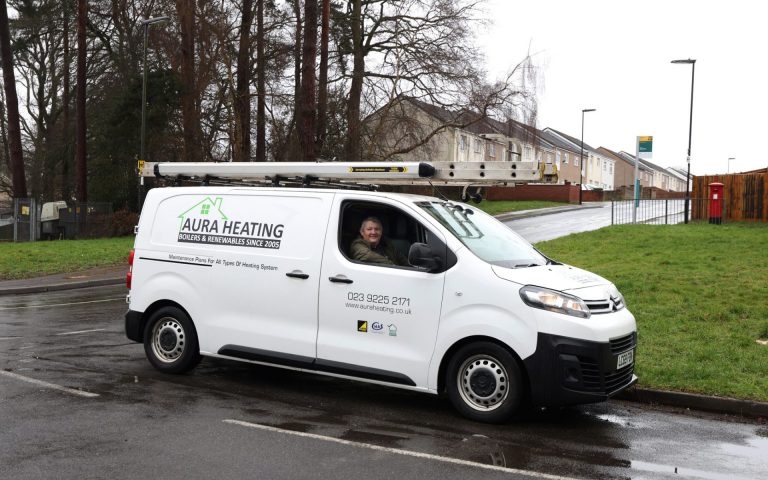Who enjoyed some snow at the weekend? It was so great to see families enjoying being outside, laughing and smiling making snowmen and throwing snowballs! (Socially distanced, of course).
Hopefully everyone came in from their snow days into a cosy home, with the heating on and their house lovely and warm.
We would always recommend carrying out a Winter Check in plenty of advance before the cold weather sets in, so that you can identify any problems with your boiler and get it sorted before you really need it.
However, we’re still here to help through the colder weather. If you’ve come in from the snow and your heating isn’t working the way it should, here are some things you can try.
- Turn up the heat
If you want to really test whether everything is in working order, then turn up the heat on your radiators and your boiler to the highest setting for just 15 minutes. This should highlight anything that’s not working the way it should. (This test is good to carry out before the Winter when temperatures are starting to get cooler. That way you can nip any problems in the bud, and hopefully prevent your boiler breaking down in the colder months when you need it most). - Having a cold spot of bother on your radiators?
You might have seen our handy tips to resolve cold spots on your radiator on our social pages last week. The most common reason for cold spots on your radiator, particularly at the top, is the build up of air. It’s totally normal for air to build up within your heating system – And usually simple and easy for you to resolve yourself. To make sure that your heating is working at its maximum efficiency, bleed your radiators. (This another good habit to get into once Autumn is starting to set in). - Check the pressure on your boiler
When your system is cool, check your boiler pressure. You’ll usually find this on the boiler by a dial – You want it to be between 1 and 1.5 for it to be working at its optimum level. Has it lost pressure or showing less than 1 on the dial? Don’t worry! You can re-pressurize it yourself using your boiler manual. - Could it be a frozen condensate?
This is the most common heating problem during the Winter, and also featured on our Fault Finder social posts. If part of your pipework is outside, then there is a chance that in very cold temperatures it could freeze. Apart from the obvious, how will you know if your condensate pipe is frozen? Your boiler may be making a gurgling sound, or if your boiler has a digital display, it may be showing the ‘EA’ error code. Thankfully, this is another easily fixed problem that you can usually sort out yourself without having to call anyone out. - Avoid any nasty surprises with regular boiler services
Our advice would be to keep up with regular boiler services, and aim to complete them before the Wintery weather arrives. However, even during the colder months we’re here to keep your boilers serviced and working as efficiently as possible. If you’ve had a nasty surprise this weekend and struggled to get the heating on whilst the snow has been falling outside, then get something booked in now. It’s really important to service your boiler annually (and if you’re a landlord, it’s a legal requirement to have gas appliances checked every 12 months). Our tailor-made boiler cover starts at just £7.50 per month and includes an annual boiler service.
Hopefully everyone will have had the chance to enjoy Sunday’s snow without any boiler breakdowns! Check back soon for some more handy tips to get you and your boiler through the Winter months, straight from your local boiler experts.
